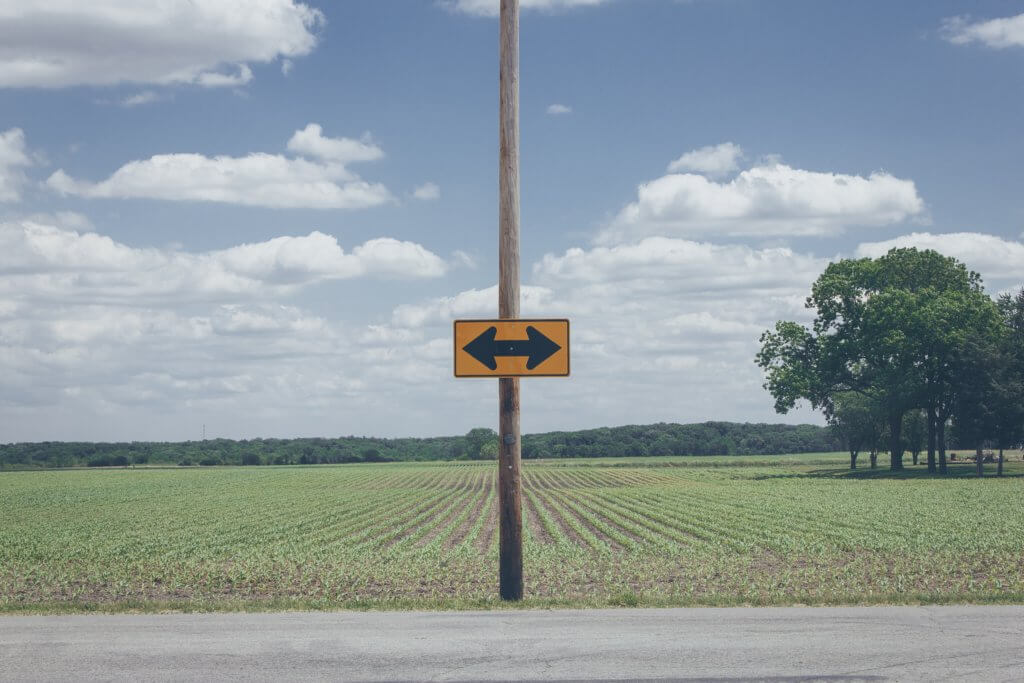Question: I’m having a difficult time reconciling that we are to prepare for the second coming of Jesus Christ while, on the other hand, temple ordinances teach us to prepare to see the Father, not the Son. My question is, from a scriptural standpoint who comes first? Does preparing for Jesus’ second coming involve seeing the Father through the veil, not the Son? Rather, isn’t it common sense that the veil is what separates us from the spirit world and that the veil is not the person of Jesus Christ? Does this fulfill Isaiah’s prophecy that temple ordinances have been changed?
Answer: The scriptural pattern of the Father and Son appearing is that the Son appears first and then the Father, the Son being the one who “reveals” the Father: “All things are delivered unto me of my Father: and no man knoweth the Son, but the Father; neither knoweth any man the Father, save the Son, and he to whomsoever the Son will reveal him” (Matthew 11:27; cf. Luke 10:22; John 1:18). This, Jesus has done in the past and continues to do today as he has promised.
Isaiah does predict that transgressing God’s laws and changing his ordinances is what invalidates his covenant and brings judgment upon humanity: “The earth lies polluted under its inhabitants: they have transgressed the laws, changed the ordinances, set at naught the everlasting covenant. The curse devours the earth, for those who dwell on it have incurred guilt; because of it the population of the earth shall be diminished and little of mankind remain” (Isaiah 24:5–6).
The idea of Jesus’ himself being the veil is based on a spurious interpretation of a single verse, for which no scriptural pattern or definition exists (see “Question about the Nature of the Veil,” Isaiah Institute newsletter podcast, December 9, 2023). It is Jesus Christ who comes first to begin his 1000-year paradisiacal reign, which event occasions the earth’s transition from a telestial to a terrestrial glory. Its celestial glory—in which the Father dwells—occurs after the 1000 years.
At its celestial transition, the earth transforms into a sea of glass and fire, where those who attain that glory dwell with the Father: “There are no angels who minister to this earth but those who do belong or have belonged to it. . . . they reside in the presence of God, on a globe like a sea of glass and fire, where all things for their glory are manifest, past, present, and future” (Doctrine & Covenants 130:5–7; cf. 77:1–2; 88:18–20; 107:18–19; 137:1–3; Revelation 4:1–11; 15:2–3).
A scriptural pattern of souls who see the Father or dwell in his presence appears from persons who attain Isaiah’s spiritual level of seraphim or its equivalent in this world. These include the prophet Joseph Smith (JS-History 1:17) and translated beings such as Enoch and his city (Moses 7:24, 31, 47), John (Revelation 21:1–3), Jesus’ three Nephite disciples (3 Nephi 28:4–15), and God’s servant who prepares the way for Jesus’ second coming (Revelation 12:5; cf. Isaiah 66:7).
What the Lord invites the Ephraimite Gentiles to do is “exercise faith in me, saith the Lord, even as the brother of Jared did, that they may become sanctified in me, then will I manifest unto them the things which the brother of Jared saw, even to the unfolding unto them all my revelations” (Ether 4:7). And what the brother of Jared saw first was the Lord, who would later be born as Jesus Christ. And he also adds, “He that shall deny these things, let him be accursed” (Ether 4:8).












